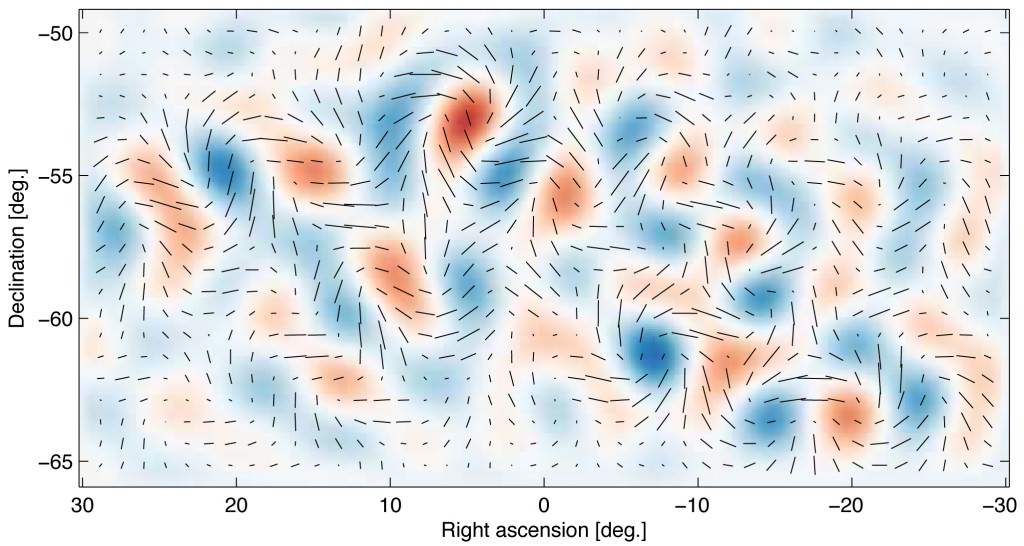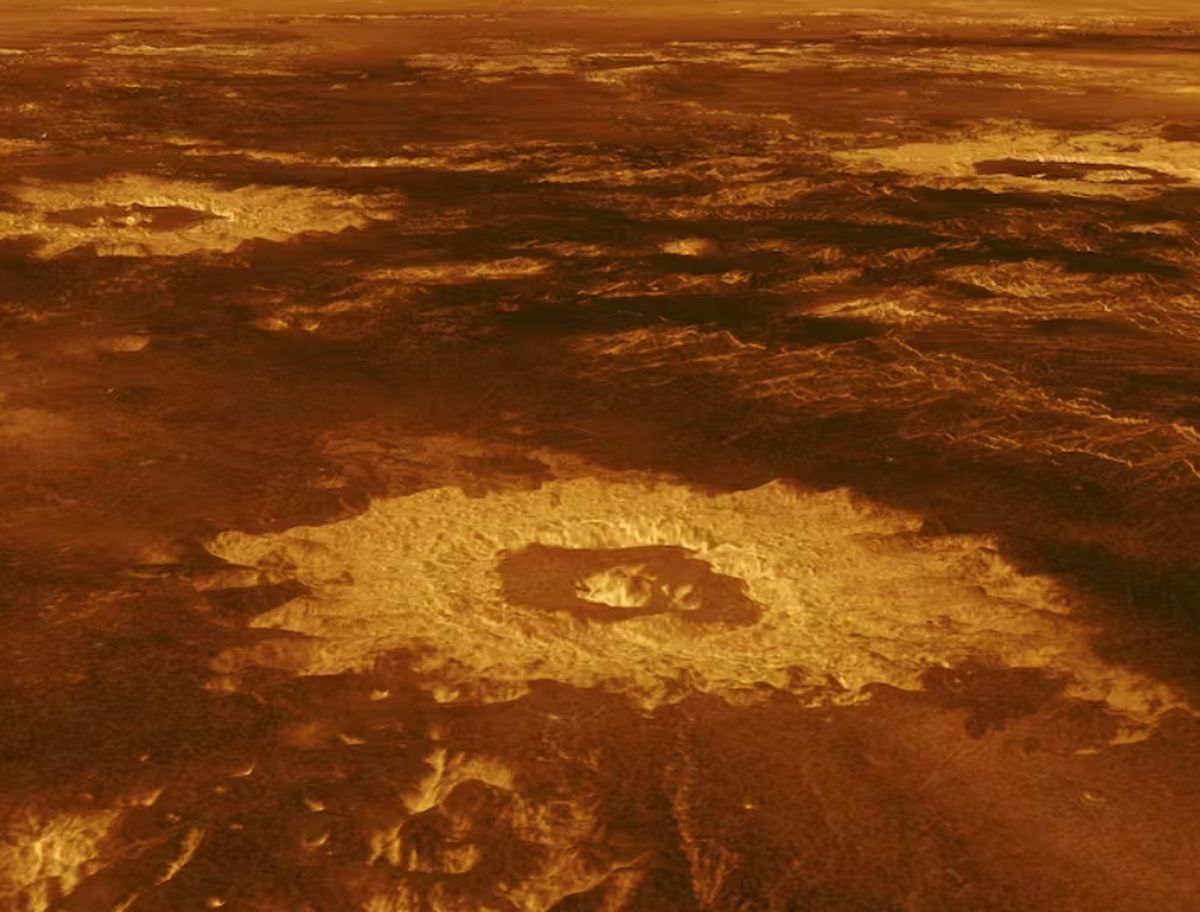Does the size of an exomoon help determine if life could form on an exoplanet it’s orbiting? This is something a February 2022 study published in Nature Communications hopes to address as a team of researchers investigated the potential for large exomoons to form around large exoplanets (Earth-sized and larger) like how our Moon was formed around the Earth. Despite this study being published almost two years ago, its findings still hold strong regarding the search for exomoons, as astronomers have yet to confirm the existence of any exomoons anywhere in the cosmos. But why is it so important to better understand the potential for large exomoons orbiting large exoplanets?
Continue reading “Big Planets Don’t Necessarily Mean Big Moons”Gravitational Waves Could Show us the First Minute of the Universe
Astronomers routinely explore the universe using different wavelengths of the electromagnetic spectrum from the familiar visible light to radio waves and infra-red to gamma rays. There is a problem with studying the Universe through the electromagnetic spectrum, we can only see light from a time when the Universe was only 380,000 years old. An alternate approach is to use gravitational waves which are thought to have been present in the early Universe and may allow us to probe back even further.
Continue reading “Gravitational Waves Could Show us the First Minute of the Universe”Microbes Can Survive in Saltier Water than Previously Believed
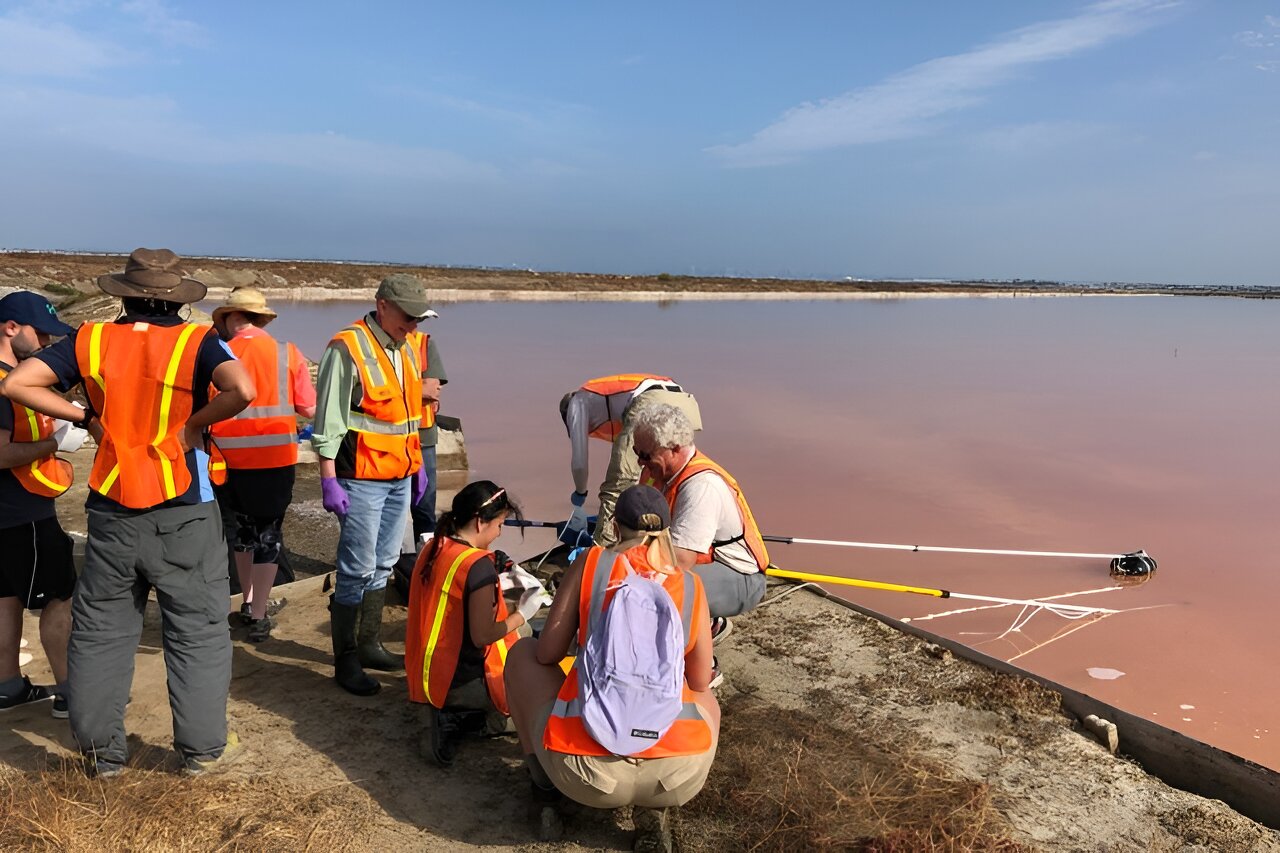
On Earth, it seems to be true that life will find a way; in the deepest ocean, the saltiest ocean or the highest mountain, live seems to find a way to get a foothold. One of the key ingredients for life seems to be the necessity for water. Until now, it was thought that there was a limit to the level of salinity within which life could thrive. A team of biologists have found bacterial life thrives in salty ponds where the water evaporates leaving high levels of salt. This only serves to expand the likely envrionments across the Universe that life could evolve.
Continue reading “Microbes Can Survive in Saltier Water than Previously Believed”Two Giant Structures Have Been Found Billions of Light-Years Away
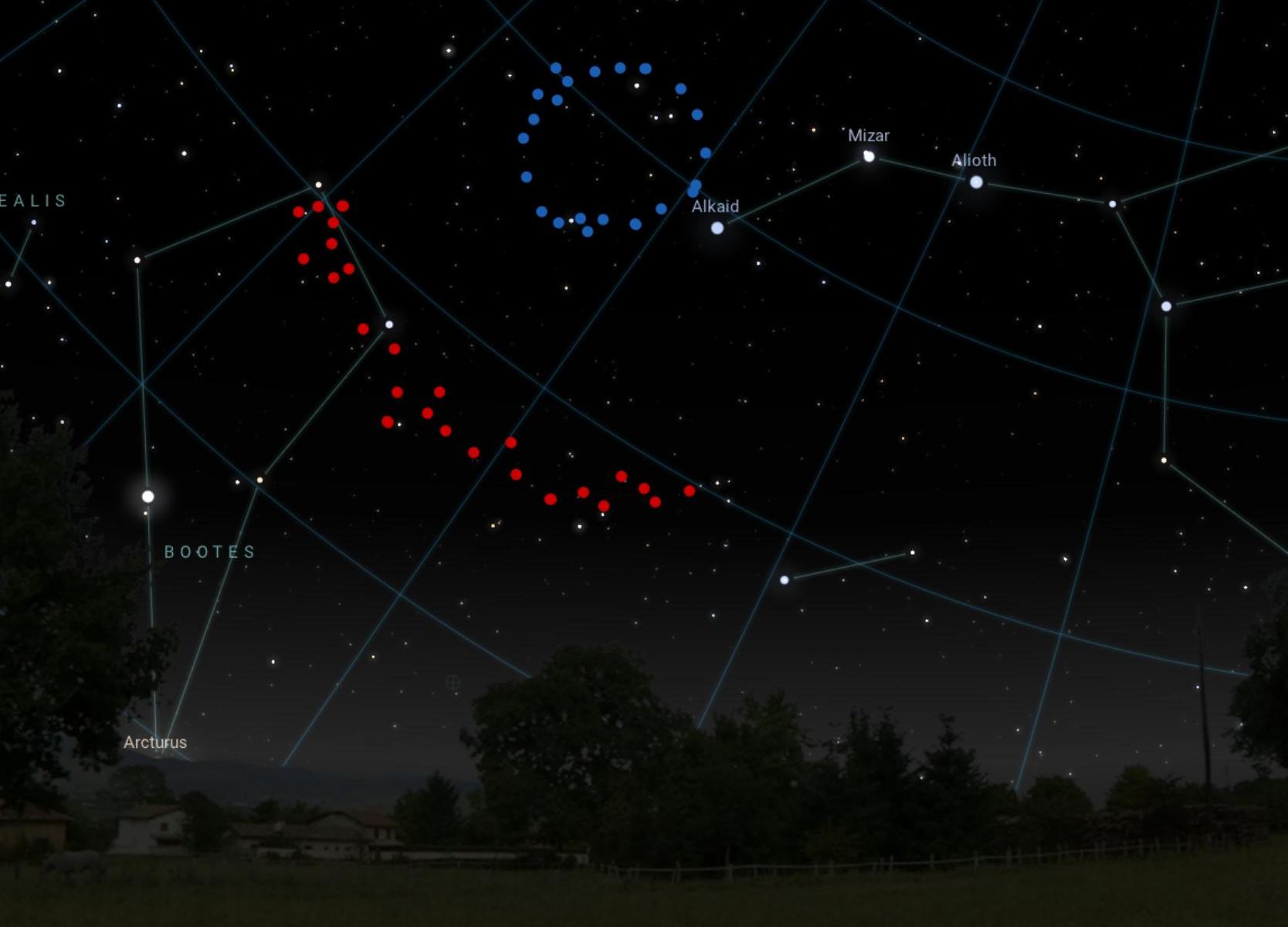
The early universe, according to the Standard Model of Cosmology, ought to be a fairly homogenous place, with little structure or arrangement. In 2021, however, astronomers discovered a large pattern of galaxies forming a giant arc 3.3 billion light years across. Now, a second large-scale pattern has emerged. This time, it’s an enormous circle of galaxies, nicknamed the Big Ring. Together, the Giant Arc and the Big Ring present a challenge to the Standard Model, and may send cosmologists back to the drawing board.
Continue reading “Two Giant Structures Have Been Found Billions of Light-Years Away”This Alien Landscape is Actually a Microscopic View of an Atomic Clock

Navigation satellites couldn’t accomplish anything without extremely accurate clocks. But a regular clock won’t do. Only atomic clocks are accurate enough, and that’s because they tell time with electrons.
Those atomic clocks wear out over time, and that’s what the image shows.
Continue reading “This Alien Landscape is Actually a Microscopic View of an Atomic Clock”Half of this Exoplanet is Covered in Lava
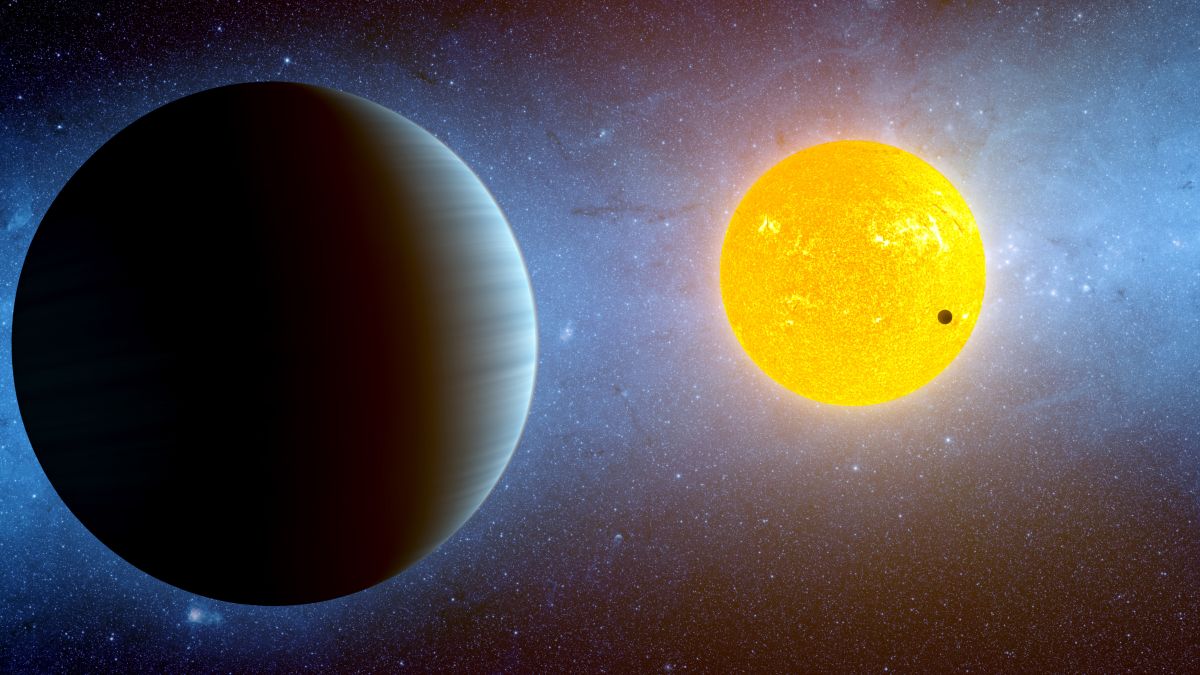
Astronomers working with TESS (Transiting Exoplanet Survey Satellite) have discovered a planet that’s been left out in the Sun too long. Or at least half of it has. The newly discovered planet is tidally locked to its star, and one side is completely molten.
Continue reading “Half of this Exoplanet is Covered in Lava”The Meteorites That Made Earth Were Filled With Water

According to the most widely accepted scientific theory, our Solar System formed from a nebula of dust and gas roughly 4.56 billion years ago (aka. Nebula Theory). It began when the nebula experienced gravitational collapse at the center, fusing material under tremendous pressure to create the Sun. Over time, the remaining material fell into an extended disk around the Sun, gradually accreting to form planetesimals that grew larger with time. These planetesimals eventually experienced hydrostatic equilibrium, collapsing into spherical bodies to create Earth and its companions.
Based on modern observations and simulations, researchers have been trying to understand what conditions were like when these planetesimals formed. In a new study, geologists from the California Institute of Technology (Caltech) combined meteorite data with thermodynamic modeling to better understand what went into these bodies from which Earth and the other inner planets formed. According to their results, the earliest planetesimals have formed in the presence of water, which is inconsistent with current astrophysical models of the early Solar System.
Continue reading “The Meteorites That Made Earth Were Filled With Water”Dark Matter Could Map the Universe's Early Magnetic Fields
We think of magnetic fields as a part of planets and stars. The Earth and Sun have relatively strong magnetic fields, as do more exotic objects such as neutron stars and the accretion disks of black holes. But magnetic field lines also run throughout galaxies, and even between the vast voids of intergalactic space. Magnetic fields are quite literally everywhere, and we aren’t entirely sure why. One idea is that faint magnetic fields formed during the earliest moments of the Universe. If that’s the case, we might be able to prove it through the distribution of dark matter.
Continue reading “Dark Matter Could Map the Universe's Early Magnetic Fields”A Self-Eating Engine Could Make Rockets More Efficient
There can’t be many ideas that beat the crazy yet ingenious idea of a rocket engine that uses part of the fuselage for fuel! Typically a rocket will utilise multiple stages so that excess weight can be jettisoned allowing the rocket to be as efficient as possible. Now a team in Scotland is working on a rocket engine that consumes part of its body to use as fuel, reducing weight and providing even more thrust so that greater payloads can be used.
Continue reading “A Self-Eating Engine Could Make Rockets More Efficient”There are Mysteries at Venus. It’s Time for an Astrobiology Mission
When scientists detected phosphine in Venus’ atmosphere in 2020, it triggered renewed, animated discussions about Venus and its potential habitability. It would be weird if the detection didn’t generate interest since phosphine is a potential biomarker. So people were understandably curious. Unfortunately, further study couldn’t confirm its presence.
But even without phosphine, Venus’ atmosphere is full of chemical intrigue that hints at biological processes. Is it time to send an astrobiology mission to our hellish sister planet?
Continue reading “There are Mysteries at Venus. It’s Time for an Astrobiology Mission”

